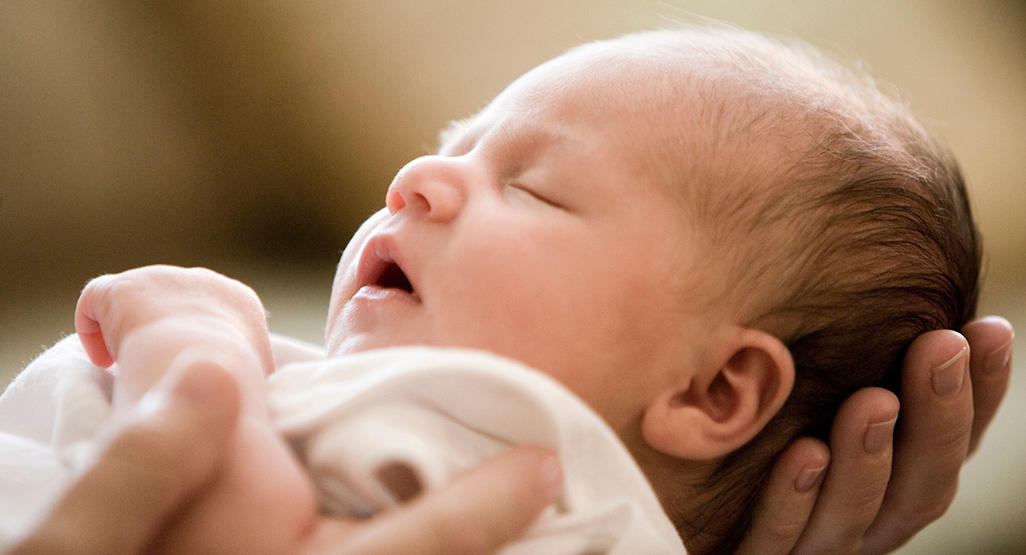
Parenting is a transformative journey filled with immense joy, challenges, and constant learning. When a child is born, parents feel like they have the world's most precious gift. They want to do everything they have dreamed of for them. Even much before the birth of a child, they wish what they will do for their child when they are growing and reaching every stage. For that, every parent must know and understand the stages of child development. It is crucial because by familiarising themselves with these stages, parents can navigate their child's growth and provide appropriate support and guidance at each milestone. The stages of child development encompass physical, cognitive, emotional, and social aspects, providing a comprehensive framework to understand their child's journey. The knowledge of these stages empowers parents to create a nurturing environment that supports their child's better growth, fosters their unique abilities, and helps them overcome challenges. By knowing what to expect and how to respond, parents can effectively guide their children through each stage, laying the foundation for a healthy and fulfilling future.
Let's scroll down the page to explore the important stages of child development, highlighting the key milestones and offering insights into how to promote healthy growth and learning.
Child development begins long before birth, during the prenatal stage. This critical period is approximately nine months, characterised by rapid growth and development. The prenatal stage is divided into three trimesters, each with its own unique milestones and challenges. During this phase, the foetus undergoes significant physical and neurological development, while the expectant mother's health and lifestyle choices play a crucial role in shaping the child's future well-being.

The infant stage is considered from birth to 2 years. It is marked by speedy growth and development. Infants acquire critical skills, such as grasping objects, rolling over, sitting up, and eventually walking. Language development also progresses, starting with producing the cutest sounds.

Toddlers aged 2 to 3 years experience significant advancements in motor skills, language acquisition, and social interactions. They begin to explore their surroundings more actively, learning through play and experimentation. They love to do their work in a free way. This is the stage when they learn about many things, such as toilet training, vocabulary expansion, and the development of self-awareness and social skills.
Preschoolers are aged between 3 to 5 years old. It is a period of fast cognitive and social development. Their language skills become more refined, and they gain a deeper understanding of symbols, numbers, and basic concepts. They started doing their work with creativity and imagination and promoting social competence through play and positive relationships. This is the golden time to shape your child's behaviour by guiding them to the right thing.
The school-age stage falls from 6 to 12 years old. It is characterised by significant cognitive, physical, and socio-emotional changes. Children refine their motor skills, gain independence, and develop more advanced problem-solving abilities. They started focussing on academic progress, social relationships, and the emergence of a sense of self-identity. A sense of competition for academic achievement also started developing slowly.
Adolescence, from 13 to 18 years, is a period of intense physical, cognitive, and socio-emotional transformations. Adolescents experience puberty and undergo significant brain development. Emotionally, adolescents navigate an array of new feelings and experiences, seeking autonomy and independence. They develop their own identities, form romantic relationships, and explore their place in the world.
Understanding the major stages of child development is crucial for parents, caregivers, and educators to provide the appropriate guidance and support for children's growth and learning. From infancy to adolescence, each stage brings unique challenges and opportunities for development. By recognizing and nurturing children's abilities, encouraging healthy relationships, and creating stimulating environments, we can help them thrive and reach their full potential.
Copyright © 2023 Trends In News - All Right Reserved